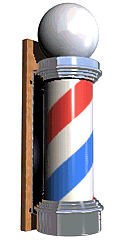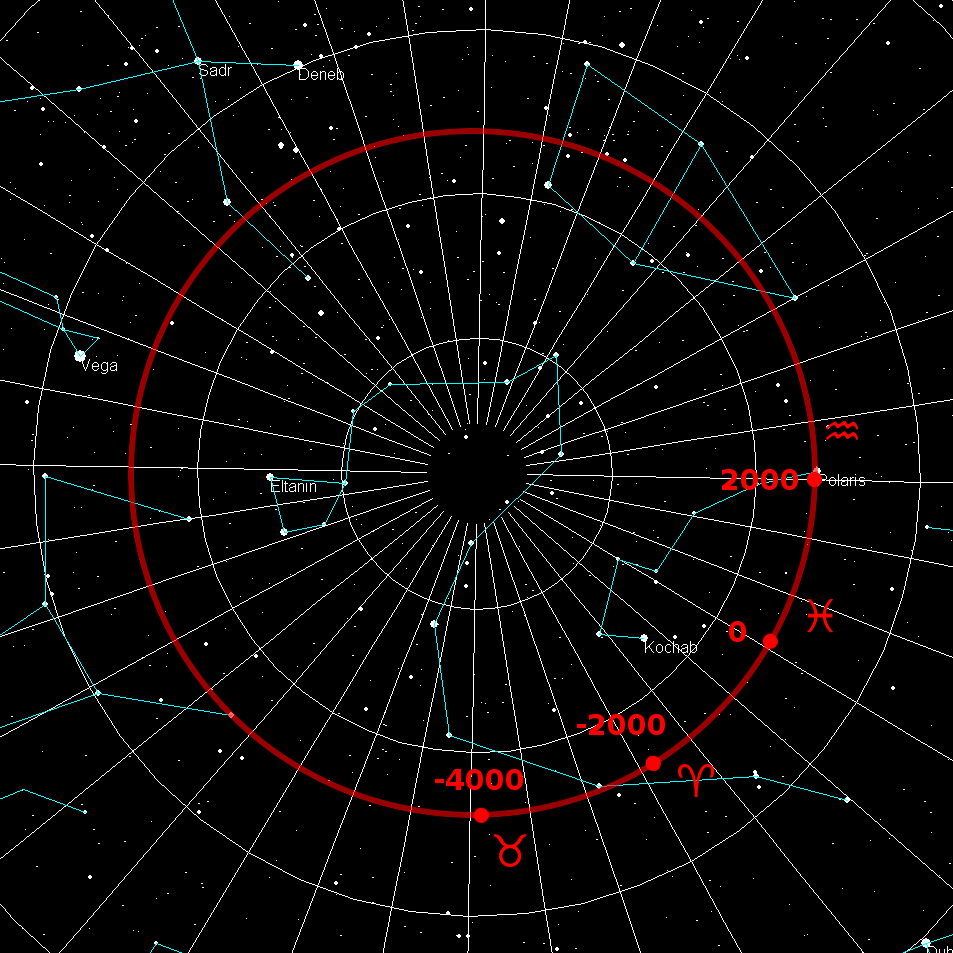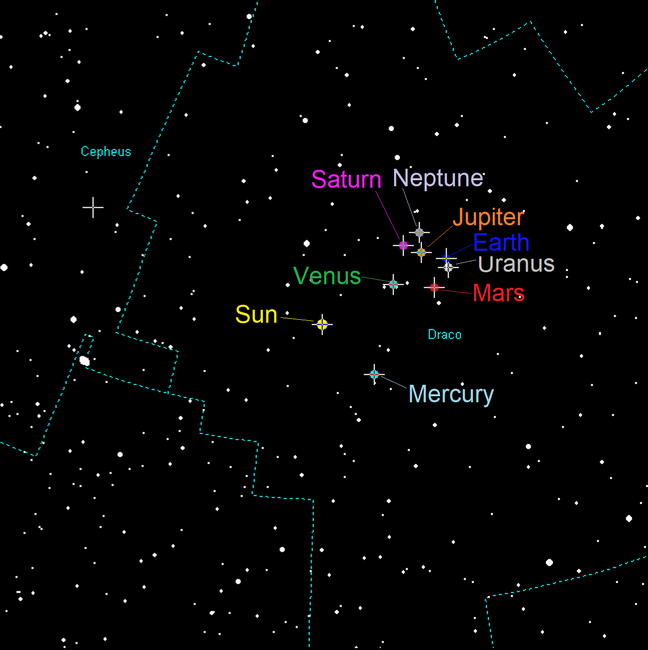|
Pole
Pole may refer to: Astronomy *Celestial pole, the projection of the planet Earth's axis of rotation onto the celestial sphere; also applies to the axis of rotation of other planets *Pole star, a visible star that is approximately aligned with the Earth's axis of rotation * Orbital pole, the projection of the line perpendicular to planet Earth's orbit onto the celestial sphere; also applies to the orbit of other planets *Poles of astronomical bodies, concepts analogous to the Earth's geographic and magnetic poles on other planets and Solar System bodies Cylindrical objects A solid cylindrical object or column with its length greater than its diameter, for example: *Asherah pole, a sacred tree or pole that stood near Canaanite religious locations to honor the Ugaritic mother-goddess Asherah, consort of El *Barber's pole, advertising the barber shop * Ceremonial pole or festival pole symbolizes a variety of concepts in several different cultures *Fireman's pole, wooden pole or a meta ... [...More Info...] [...Related Items...] OR: [Wikipedia] [Google] [Baidu] |
Dance Pole
Pole dance combines dance and acrobatics centered on a vertical pole. This performance art form takes place not only in strip club, gentleman's clubs as erotic dance, but also as a mainstream form of fitness, practiced in gyms and dedicated dance studios. Pole dancing enthusiasts are of all ages; although many who perform this dance and acrobatic form are adults, that does not stop younger children from learning and performing in competitions. Amateur and professional pole dancing competitions are held in countries around the world. Pole dance requires significant muscular endurance, coordination, strength, flexibility, upper body and core stability, as well as sensuality. As such, proper instruction and rigorous training are necessary to attain proficiency. Today, pole performances by exotic dancers range from basic spins and striptease in more intimate clubs to athletic moves such as climbs and body inversions in the "stage heavy" clubs of Las Vegas and Miami. Dancer Remy Red ... [...More Info...] [...Related Items...] OR: [Wikipedia] [Google] [Baidu] |
Totem Pole
Totem poles ( hai, gyáaʼaang) are monumental carvings found in western Canada and the northwestern United States. They are a type of Northwest Coast art, consisting of poles, posts or pillars, carved with symbols or figures. They are usually made from large trees, mostly western red cedar, by First Nations and Indigenous peoples of the Pacific Northwest Coast including northern Northwest Coast Haida, Tlingit, and Tsimshian communities in Southeast Alaska and British Columbia, Kwakwaka'wakw and Nuu-chah-nulth communities in southern British Columbia, and the Coast Salish communities in Washington and British Columbia. The word ''totem'' derives from the Algonquian word '' odoodem'' [] meaning "(his) kinship group". The carvings may symbolize or commemorate ancestors, cultural beliefs that recount familiar legends, clan lineages, or notable events. The poles may also serve as functional architectural features, welcome signs for village visitors, mortuary vessels for the remain ... [...More Info...] [...Related Items...] OR: [Wikipedia] [Google] [Baidu] |
Pole Sports
Pole sports, or poling, merges dance and acrobatics using a vertical metal pole. Athletes climb up, spin from, hang off, flip onto, jump off, and invert on poles. Poling requires agility, strength, balance, endurance, and flexibility. A 2017 study of 52 female pole dancers indicated that pole-dance fitness improves strength and posture. Poling can serve as a form of cardiorespiratory exercise, and improve muscle strength and flexibility. Pole-sports athletes include men and women of a variety of ages and physical abilities, including para-athletes, who perform alone or with others (for example, in doubles competitions). Poling developed into a fitness activity and sport during the 1990s and 2000s, with national and international pole competitions. Poling has become a dance, fitness activity and sport, and continues to evolve. The International Pole Sports Federation (IPSF), formed in 2009 by Tim Trautman and Katie Coates, is endeavoring to make poling an Olympic sport. The federatio ... [...More Info...] [...Related Items...] OR: [Wikipedia] [Google] [Baidu] |
Pole Vault
Pole vaulting, also known as pole jumping, is a track and field event in which an athlete uses a long and flexible pole, usually made from fiberglass or carbon fiber, as an aid to jump over a bar. Pole jumping competitions were known to the Mycenaean Greeks, Minoan Greeks and Celts. It has been a full medal event at the Olympic Games since 1896 for men and since 2000 for women. It is typically classified as one of the four major jumping events in athletics, alongside the high jump, long jump and triple jump. It is unusual among track and field sports in that it requires a significant amount of specialised equipment in order to participate, even at a basic level. A number of elite pole vaulters have had backgrounds in gymnastics, including world record breakers Yelena Isinbayeva and Brian Sternberg, reflecting the similar physical attributes required for the sports. Running speed, however, may be the most dominant factor. Physical attributes such as speed, agility and streng ... [...More Info...] [...Related Items...] OR: [Wikipedia] [Google] [Baidu] |
Utility Pole
A utility pole is a column or post typically made out of wood used to support overhead power lines and various other public utilities, such as electrical cable, optical fiber, fiber optic cable, and related equipment such as Distribution transformer, transformers and street lights. It can be referred to as a transmission pole, telephone pole, telecommunication pole, power pole, hydro pole, telegraph pole, or telegraph post, depending on its application. A Stobie pole is a multi-purpose pole made of two steel joists held apart by a slab of concrete in the middle, generally found in South Australia. Electrical wires and cables are routed overhead on utility poles as an inexpensive way to keep them insulated from the ground and out of the way of people and vehicles. Utility poles can be made of wood, metal, concrete, or composites like fiberglass. They are used for two different types of power lines: ''sub transmission lines'', which carry higher voltage power between substations, ... [...More Info...] [...Related Items...] OR: [Wikipedia] [Google] [Baidu] |
Barber's Pole
A barber's pole is a type of sign used by barbers to signify the place or shop where they perform their craft. The trade sign is, by a tradition dating back to the Middle Ages, a staff or pole with a helix of colored stripes (often red and white in many countries, but usually red, white and blue in the United States). The pole may be stationary or may rotate, often with the aid of an electric motor. A "barber's pole" with a helical stripe is a familiar sight, and is used as a secondary metaphor to describe objects in many other contexts. For example, if the shaft or tower of a lighthouse has been painted with a helical stripe as a daymark, the lighthouse could be described as having been painted in "barber's pole" colors. Origin in barbering and surgery During medieval times, barbers performed surgery on customers, as well as tooth extractions. The original pole had a brass wash basin at the top (representing the vessel in which leeches were kept) and bottom (representing t ... [...More Info...] [...Related Items...] OR: [Wikipedia] [Google] [Baidu] |
Pole Position
In a motorsports race, the pole position is usually the best and "statistically the most advantageous" starting position on the track. The pole position is usually earned by the driver with the best qualifying times in the trials before the race. The number-one qualifying driver is also referred to as the pole-sitter. The pole position, pole sitter, starts the race "at the front of the starting grid. This provides the driver in the pole position the privilege of starting ahead of all the other drivers" Grid position is typically determined by a qualifying session before the race, where race participants compete to ascend to the number 1 grid slot, the driver, pilot, or rider having recorded fastest qualification time awarded the advantage of the number 1 grid slot (i.e., the pole-position) ahead of all other vehicles for the start of the race. Historically, the fastest qualifier was not necessarily the designated ''pole-sitter''. Different sanctioning bodies in motor sport emp ... [...More Info...] [...Related Items...] OR: [Wikipedia] [Google] [Baidu] |
Pole Star
A pole star or polar star is a star, preferably bright, nearly aligned with the axis of a rotating astronomical body. Currently, Earth's pole stars are Polaris (Alpha Ursae Minoris), a bright magnitude-2 star aligned approximately with its northern axis that serves as a pre-eminent star in celestial navigation, and a much dimmer magnitude-5.5 star on its southern axis, Polaris Australis (Sigma Octantis). From around 1700 BC until just after 300 AD, Kochab (Beta Ursae Minoris) and Pherkad (Gamma Ursae Minoris) were twin northern pole stars, though neither was as close to the pole as Polaris is now. History In classical antiquity, Beta Ursae Minoris (Kochab) was closer to the celestial north pole than Alpha Ursae Minoris. While there was no naked-eye star close to the pole, the midpoint between Alpha and Beta Ursae Minoris was reasonably close to the pole, and it appears that the entire constellation of Ursa Minor, in antiquity known as '':wikt:Cynosura, Cynosura'' (Greek ... [...More Info...] [...Related Items...] OR: [Wikipedia] [Google] [Baidu] |
Celestial Pole
The north and south celestial poles are the two points in the sky where Earth's rotation around a fixed axis, axis of rotation, indefinitely extended, intersects the celestial sphere. The north and south celestial poles appear permanently directly overhead to observers at Earth's North Pole and South Pole, respectively. As Earth spins on its axis, the two celestial poles remain fixed in the sky, and all other celestial points appear to rotate around them, completing one circuit per day (strictly, per sidereal time, sidereal day). The celestial poles are also the poles of the celestial equatorial coordinate system, meaning they have declinations of +90 degrees and −90 degrees (for the north and south celestial poles, respectively). Despite their apparently fixed positions, the celestial poles in the long term do not actually remain permanently fixed against the background of the stars. Because of a phenomenon known as the precession of the equinoxes, the poles trace out ci ... [...More Info...] [...Related Items...] OR: [Wikipedia] [Google] [Baidu] |
Orbital Pole
An orbital pole is either point at the ends of an imaginary line segment that runs through the center of an orbit (of a revolving body like a planet, Natural satellite, moon or satellite) and is perpendicular to the orbital plane. Projected onto the celestial sphere, orbital poles are similar in concept to celestial poles, but are based on the body's orbit instead of its celestial equator, equator. The north orbital pole of a revolving body is defined by the right-hand rule. If the fingers of the right hand are curved along the retrograde and prograde motion, direction of orbital motion, with the thumb extended and oriented to be parallel to the orbital axis of rotation, axis, then the direction the thumb points is defined to be the orbital north. The poles of Earth's orbit are referred to as the ecliptic poles. For the remaining planets, the orbital pole in ecliptic coordinates is given by the longitude of the ascending node (☊) and inclination (''i''): ''l'' = ☊ - 90°, '' ... [...More Info...] [...Related Items...] OR: [Wikipedia] [Google] [Baidu] |
Pole Bending
Pole bending is a timed event that features a horse and one mounted rider, running a weaving or serpentine path around six poles arranged in a line. This event is usually seen in high school rodeos and 4-H events as well as American Quarter Horse Association, Paint, and Appaloosa sanctioned shows as well as at many gymkhana or O-Mok-See events. Nez Perce Stake Race The Nez Perce Stake Race is a type of pole bending race which is also a match race: two horses race on identical courses laid out side-by-side, with the loser eliminated and the winner moving up the brackets to race the other winners. It is not a timed event. It is one of five game classes approved for horse club shows by the Appaloosa Horse Club (ApHC). The ApHC rules state that racing competition is traditional to the Nez Perce The Nez Percé (; autonym in Nez Perce language: , meaning "we, the people") are an Indigenous people of the Plateau who are presumed to have lived on the Columbia River Plateau in ... [...More Info...] [...Related Items...] OR: [Wikipedia] [Google] [Baidu] |
Festivus
Festivus () is a secular holiday celebrated on December 23 as an alternative to the pressures and commercialism of the Christmas season. Originally created by author Daniel O'Keefe, Festivus entered popular culture after it was made the focus of the 1997 ''Seinfeld'' episode "The Strike", which O'Keefe's son, Dan O'Keefe, co-wrote. The non-commercial holiday's celebration, as depicted on ''Seinfeld'', occurs on December 23 and includes a Festivus dinner, an unadorned aluminum Festivus pole, practices such as the "airing of grievances" and "feats of strength", and the labeling of easily explainable events as "Festivus miracles". The episode refers to it as "a Festivus for the rest of us". It has been described both as a parody holiday festival and as a form of playful consumer resistance. Journalist Allen Salkin describes it as "the perfect secular theme for an all-inclusive December gathering". History Festivus was conceived by author and editor Daniel O'Keefe, the fat ... [...More Info...] [...Related Items...] OR: [Wikipedia] [Google] [Baidu] |









